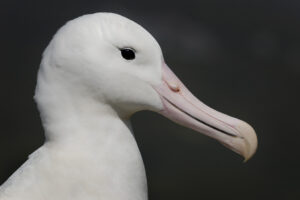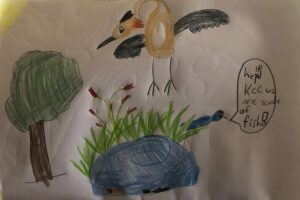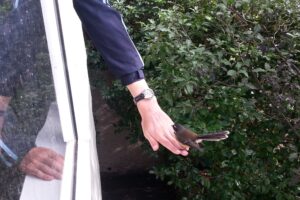Rochelle Constantine is a senior lecturer at the School of Biological Science at The University of Auckland.
Rochelle has been working on a research programme to find out more about our humpback whales and the mystery surrounding their migration. KCC was keen to find out more so here is what Rochelle had to saywhen we spoke to her earlier this month.
KCC: Why have you chosen humpback whales to track?
Rochelle: The humpback whales of Oceania are one of only two endangered populations in the world. The numbers are increasing very slowly and we want to know why they are not recovering as well as other populations, such as Australia, after many years of whaling. Satellite tracks allow us to ‘follow’ them over many months to see where they go.
KCC: What are you hoping to find out about them?
Rochelle: We are finding out what path they travel from their winter tropical breeding grounds to their summer Antarctic feeding grounds. We have no idea where these whales go to and the length of their migration path and the location of their feeding grounds might hold cues to why the population is recovering slowly.
KCC: When did you start tracking them?
Rochelle: We deployed [sent out] our first tag on the 29th September 2015 and tagged 25 whales with the last tag deployed on the 11th October.
KCC: What has most surprised you about what you have found out?
Rochelle: After travelling through the narrow part of the ocean to pass Raoul Island, the dispersed widely throughout the South Pacific to an even broader part of the Southern Ocean.
KCC: Are any of the tracking devices still working?
Rochelle: Yes, we have 14 tags still transmitting, including two that transmitted a few times near Raoul Island then started again now they are in Antarctic waters.
KCC: Are there plans to do it again in the future?
Rochelle: Not at this time due to the remote location and expense involved with this type of work. Once we have all the data we will make decisions about the best place and technique to add knowledge about our humpback whales.
KCC: Is there anything that our members can do to help with your research?
Rochelle: If they see a humpback whale they should note where and when and if it puts its tail in the air, take a photo of the underside of its tail. The pattern is unique to each whale and can be matched to a catalogue of whales. You can report these sightings on the DOC Marine Mammal Sightings page http://www.doc.govt.nz/marine-mammal-sighting-form
KCC: Thanks, Rochelle. Good luck with your research.

Lines show movement of humpbacks down to Antarctica.







